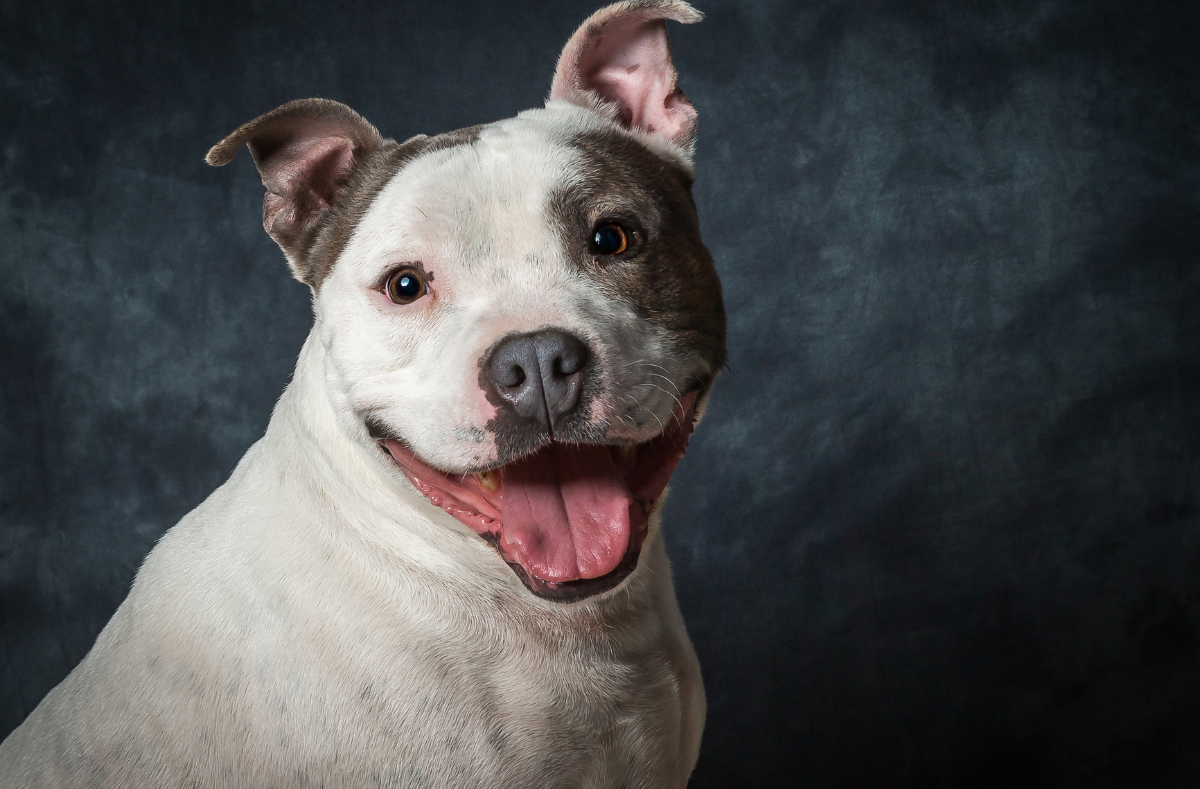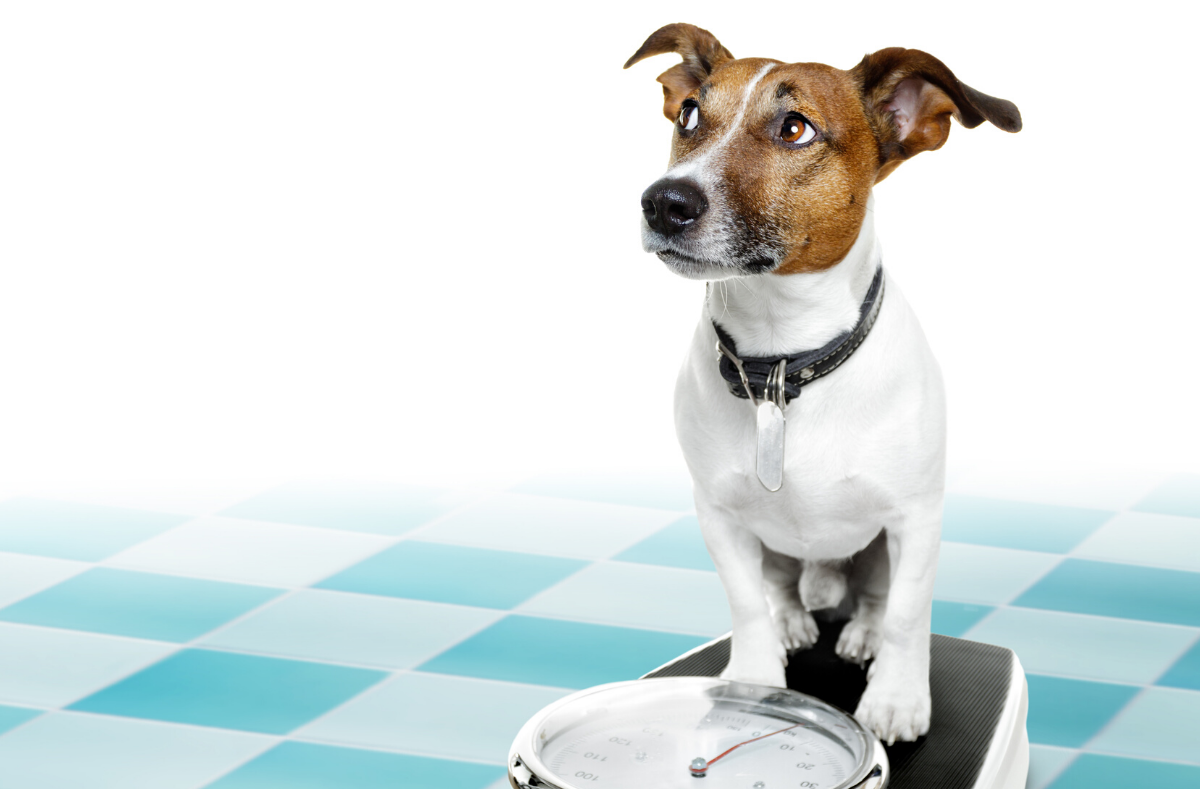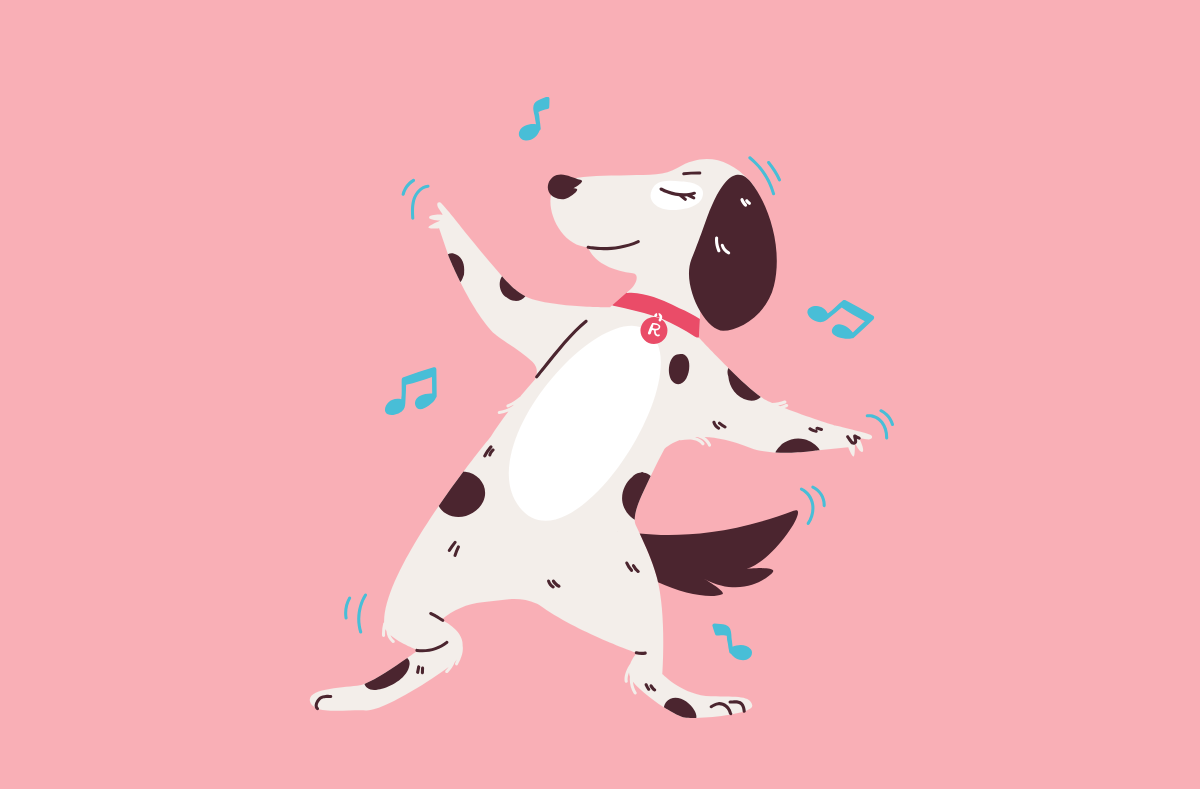
Most common Staffordshire Bull Terrier health issues
In this article, you’ll find information about the most common health issues for the Staffordshire Bull Terrier.
This breed originated in England during the 19th century and is a small but powerful breed. They adore people, chewing, and playing.
When people think about the Staffordshire Bull Terrier, they have mainly two thoughts at first:
A dangerous breed – they are on the list for dangerous breeds in the USA.
Nanny dog – Known in the U.K. as the children’s nursemaid.
Either one of them can be true, this depending on how you rise them.
The Staffordshire Bull Terrier is a breed known as having strong health.
This love machine, as some call them, can have, as any other dog breed, some hereditary health problems.
Here are some of the most common hereditary health issues of the Staffordshire Bull Terrier:
❗Hip dysplasia
A hereditary disease that affects a big number of breeds. The Staffordshire makes no exception.
Hip dysplasia is an inherited disease that causes the joints to develop improperly and results in arthritis.
Signs of this disease in dogs:
📌 Abnormal walking
📌 Limping
📌 Avoiding physical activity
📌 Weakness in the hind legs
📌 Loss of muscle in the hind legs due to not enough activity
📌 Muscle increase around front legs due to over-usage
📌 Grinding or clicking sounds from the hips when moving
❗ Eye Disorders
Cataract
Another hereditary disease caused by a gene mutation. The pups will be affected by this disease when both parents carry the gene. The signs of cataracts are not seen in puppies until 8 weeks of age.
So, the signs of this affection are:
📌 cloudy looking pupils
📌 poor sight e.g. bumping into objects
Persistent Hyperplastic Primary Vitreous (PHPV)
Another eye condition that can be passed from parent dogs.
Signs for the disease:
📌 Impaired vision is the key symptom so bumping into objects, poor distance judging
❗Canine follicular dysplasia of the coat
A type of alopecia that arises from an abnormality in the structure of a dog’s hair follicles. All forms of follicular dysplasia are thought to be hereditary.
Follicular dysplasia of the coat doesn’t cause the dog any discomfort. It would only present problems for the dog if the lack of hair in an area leads to infections or sun-burn.
❗L-2-Hydroxyglutaric Aciduria (L-2HGA)
A neurometabolic disorder that affects the nervous system of the dog. For a dog to have it, both parents have to carry the gene.
The symptoms for this disease tend to appear at around 6 months to 1 year of age, but they can also appear later.
Signs for the disease:
📌 Seizures
📌 Muscular cramps
📌 Disorientation and dizziness
If you see any of these signs in your dog, it’s best to chat or make an appointment with your vet as soon as possible.
The prevalence of most of these conditions can be dramatically reduced through proper testing prior to breeding, so be sure you get you Staffie from a responsible breeder, that only mates healthy, tested before-hand dogs.






